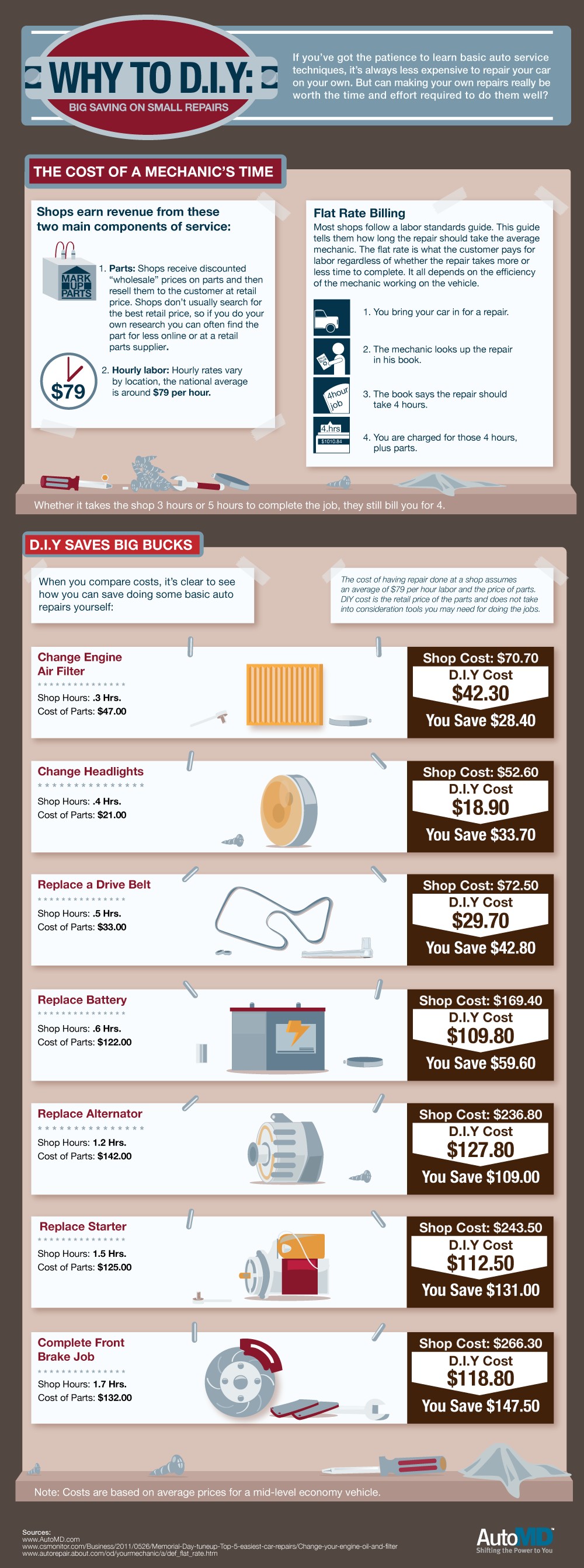Analyzing Your Vehicle'S Alert Lights: Their True Ramifications
Analyzing Your Vehicle'S Alert Lights: Their True Ramifications
Blog Article
Written By-Termansen Shepherd
When you lag the wheel, those beautiful caution lights on your dashboard can be a bit complicated. Do you understand what they're attempting to tell you concerning your car's health and wellness? Recognizing visit website of these lights is important for your safety and security and the longevity of your lorry. So, the following time among those lights appears, would not you want to understand its message precisely and take the required actions to address it?
Common Caution Lights and Interpretations
Identify typical warning lights in your automobile and understand their definitions to guarantee secure driving.
One of the most typical caution lights consist of the check engine light, which indicates concerns with the engine or discharges system. If this light comes on, it's essential to have your automobile checked promptly.
simply click the following web site alerting light indicates low oil pressure, requiring prompt focus to stop engine damage.
A blinking battery light may recommend a malfunctioning billing system, potentially leaving you stranded if not dealt with.
The tire stress surveillance system (TPMS) light signals you to low tire stress, impacting automobile security and gas effectiveness. Overlooking this might cause harmful driving problems.
The ABS light indicates an issue with the anti-lock braking system, jeopardizing your capacity to stop quickly in emergency situations.
Lastly, the coolant temperature level warning light warns of engine getting too hot, which can result in extreme damage otherwise solved promptly.
Recognizing these common caution lights will certainly help you deal with issues promptly and keep risk-free driving conditions.
Relevance of Prompt Focus
Recognizing the common warning lights in your auto is only the initial step; the value of promptly attending to these cautions can't be emphasized enough to ensure your safety on the road.
When a warning light illuminates on your control panel, it's your automobile's method of connecting a potential issue that requires focus. Disregarding these cautions can result in much more extreme problems later on, compromising your security and potentially costing you a lot more out of commission.
Prompt focus to warning lights can prevent breakdowns and crashes. For example, a flashing check engine light might indicate a misfire that, if left neglected, could cause damage to the catalytic converter. Resolving this quickly can save you from a pricey fixing.
Likewise, a brake system cautioning light may signal reduced brake liquid or worn brake pads, critical elements for your safety and security when driving.
DIY Troubleshooting Tips
If you see a warning light on your control panel, there are a few DIY troubleshooting ideas you can attempt prior to seeking specialist assistance.
Look At This is to consult your auto's guidebook to recognize what the certain warning light shows. Occasionally the problem can be as simple as a loosened gas cap setting off the check engine light. Tightening up the gas cap may settle the problem.
An additional usual issue is a low battery, which can set off numerous cautioning lights. Inspecting the battery links for rust and ensuring they're safe might fix the trouble.
If a warning light persists, you can try resetting it by disconnecting the cars and truck's battery for a few mins and after that reconnecting it. Furthermore, examining your automobile's liquid levels, such as oil, coolant, and brake fluid, can aid troubleshoot warning lights connected to these systems.
Conclusion
To conclude, recognizing your vehicle's caution lights is necessary for keeping your vehicle running efficiently and securely. By immediately attending to these signals and recognizing what they mean, you can stay clear of expensive fixings and possible breakdowns.
Bear in mind to consult your vehicle's handbook for certain details on each alerting light and take action as necessary to make sure a hassle-free driving experience.
Keep informed, remain safe when driving!
